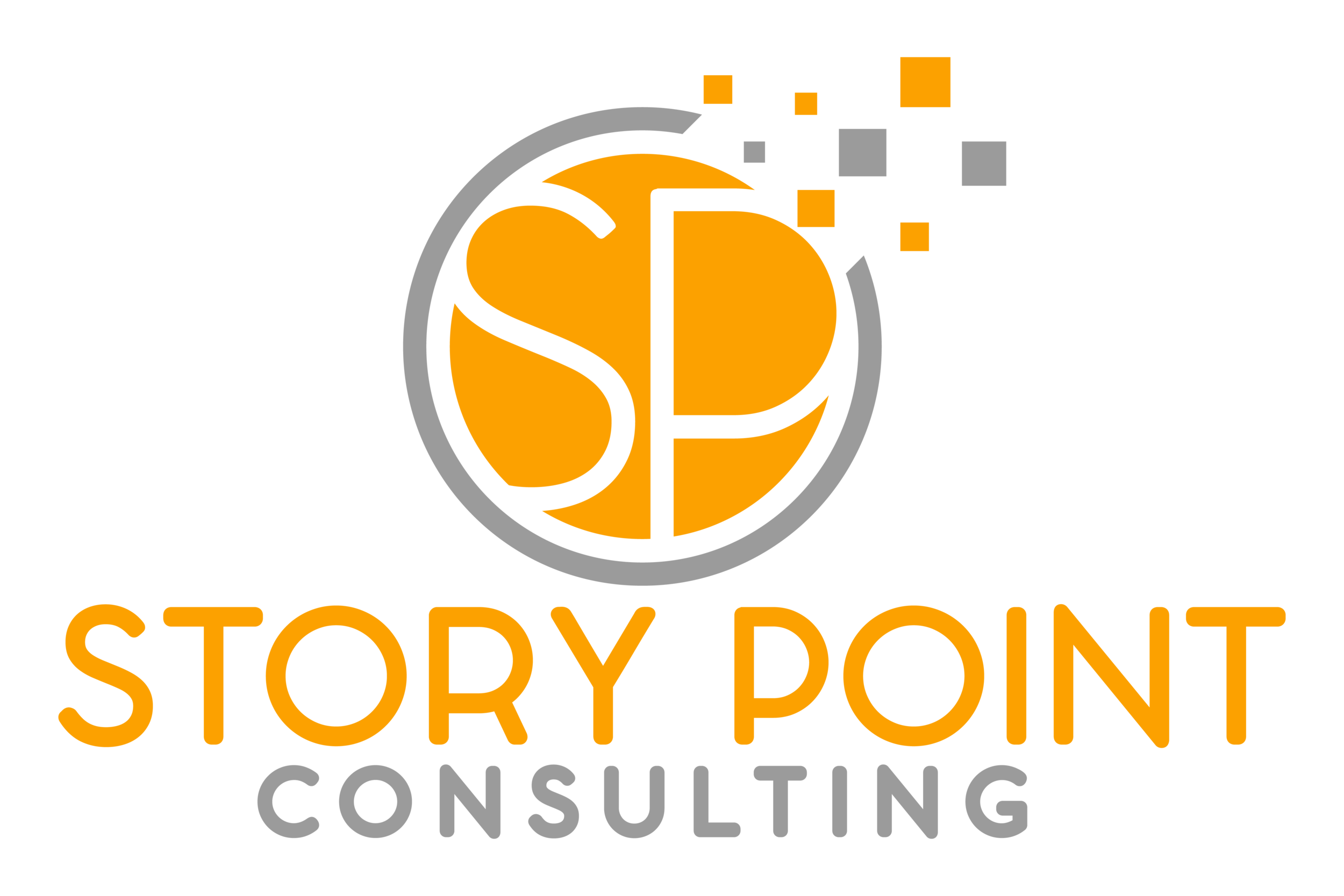5 Key Components to Consider Prior to Launching a Capital Campaign
What is a nonprofit capital campaign?
Capital campaigns usually refer to long-term investment projects designed to raise a specific amount of money that will increase your organization’s assets. Given the large-scale nature of these projects, they often require funding from various sources, and it may take several years to gather all the necessary funds.
These campaigns can be initiated for various types of capital projects. These can include purchasing a new physical space, making significant improvements to an existing building, or even acquiring specialized equipment. Even if your organization doesn’t have a large scale project like building a brand new building, often even “smaller” capital projects require that an organization raise more money than it ever has before.
Achieving the goals of a capital campaign is no small feat. It requires everyone in your team to be fully committed, and a strong plan to guide the process. Even though each campaign is unique and might require different approaches, there are five key components to consider prior to running a capital campaign.
Campaign case for support. One of the most important pieces of your campaign is your campaign case for support. It serves as a blueprint for your communications as it outlines the objectives of the project, the reasons why potential donors should contribute, and the benefits the community will receive from the project's success. Even if your organization has an existing case for support, crafting a new one specifically for your campaign is recommended. This ensures that your case aligns perfectly with the unique needs and goals of your campaign, maximizing its potential for success.
Campaign gift chart. A gift chart is used by organizations to help them visualize their fundraising needs in order to reach their capital campaign goal. To put it simply, it's a planning tool that allows your team to see how many donations and potential donors are necessary to hit your target. Using this chart can also help your team determine if your goal is achievable with your current resources, or if you need to conduct more prospect research to find additional donors. Gift charts may appear simple at first glance, but their value extends beyond their basic design. They provide significant insights into your fundraising strategy, and are a critical element in your fundraising toolbox, which is especially true if your organization is gearing up for a capital campaign. For example, if your goal is to raise $100,000 your chart may look something like this:
List of prospects. To successfully reach your fundraising goal, it's crucial to identify a solid base of potential donors, also known as prospects. These individuals should not only be willing, but should also have the capacity to make a contribution to the campaign. Once these prospects are identified, it is time to strategize and create a detailed plan to communicate with them. It is important to make sure that they are fully aware of your campaign's objectives and plans. They should also have a genuine interest in the project. Most importantly, they should have shown some level of commitment before you approach them for a donation. This could be through previous donations, volunteering, or showing support for your cause. This strategy ensures that they are more likely to contribute to your campaign when asked.
Staff and volunteer capacity. The day-to-day work of your organization is likely busy, and adding a capital campaign to the mix, means it will involve more work for staff and volunteers. Therefore, existing staff and volunteers will need additional support so they can continue with their daily responsibilities. To plan for this extra work, your organization should consider a volunteer recruitment strategy, which will involve a systematic approach to find more community support. Or, if your organization has a budget, they can hire outside help from fundraising consultants. A fundraising consultant can bring their expertise to help manage your campaign effectively. Both of these strategies can help spread the workload, and ensure the success of your campaign without overburdening your existing team.
System to manage your donor data. Managing your organization's data effectively is crucial for various tasks, including tracking donations, fundraising from events, and tracking your volunteer hours. It is here that a reliable, and efficient system comes into play. Donor management software is not just a place to store your data; it is a vital tool that can help your team make data-driven fundraising decisions, provide insights to guide your actions, and help to build stronger relationships with those that support your organization. This is particularly useful when you're implementing a capital campaign plan. By making use of a capable database, your organization can leverage data to steer your campaign, ensuring progress and success.
Running a capital campaign involves a lot of moving parts and it is no small task to raise the necessary funds. But, by creating a plan and having these key components in mind, your organization is definitely capable of managing a successful campaign with thoughtful preparation and dedicated effort.
The success of your capital campaign relies on rallying a large base of supporters. If you are struggling to find donors due to a lack of strategy, let our Finding Donors Assessment, tailored specifically for small nonprofits, guide you.





